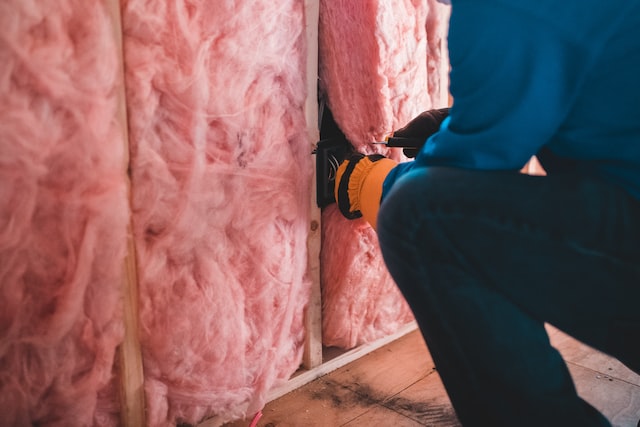Weatherstripping is a way to make your home more energy efficient. It can help to reduce your energy bills and improve the comfort of your home. In addition, it can also reduce noise pollution.
Increased Energy Efficiency
Adding weather stripping to your home is an important way to reduce the cost of heating and cooling. The right type of material will keep your home warm during the winter and cool during the summer. Besides saving you money, adding weather stripping can help prevent drafts.
Weatherstripping is a simple process that involves sealing the gaps around doors and windows. There are many types of materials to choose from. A few common choices include foam, metal, and silicone. Some other options are caulk and door and window sweeps.
It’s important to identify air leaks before installing weatherstripping. If you do, your savings may be recovered. Fortunately, the United States Energy Department has a helpful guide on weatherstripping. They also recommend selecting the right materials to protect your investment.
Sealing air leaks is a great way to save energy. You can use caulk, door and window sweeps, or even felt. However, the best seal is a properly insulated door.
Reduced Energy Bills
Weatherstripping is an inexpensive way to improve the energy efficiency of your home. You can use it to reduce heat loss and drafts and increase your home’s insulation. It is also an easy DIY project.
Sealing gaps in your home can reduce your heating and cooling costs by 5 to 10%. These leaks are usually found around doors, windows, and other areas. Caulking can be used to seal these holes.
Doors and windows are the biggest openings in your house. If you’re feeling drafts or see the light from outside, it’s time to take action. Make sure your door and window weatherstrips are in good shape.
When your door closes, the weatherstripping should compress halfway. This will make a tight seal. In the winter, it can keep out cold and warm air inside.
When installing weatherstripping, you should start by identifying the areas where air can leak. Some of the most common places are around baseboards, windows, and outlets.
Improved Comfort
If you are the proud owner of a newly renovated home, you might be interested in a little TLC to reduce your heating and cooling expenses. There are a variety of ways you can do this, but a lot of them are low-cost or at no cost at all. For example, there are some ways to add insulation to your home or at least your walls and ceilings. Doing so can save a bundle and feel more comfortable when the temperature drops. In addition, a good ol’ fashion coat of paint is a surefire way to make your home more energy efficient. Consider weatherproofing windows, doors, and fences. To get started, take a few minutes to measure your home. Once you have determined what needs to be done, you’re ready to tackle the project. Hopefully, the results will be well worth the time and TLC.
Reduced Noise Pollution
If you have been experiencing noise pollution at home, consider taking some simple steps to reduce the amount of noise coming into your home. There are several ways to do this, including weather stripping.
Weatherstripping your doors and windows can help keep unwanted noise out of your house. The insulation in your walls and windows can also help absorb some sounds. During the night, it’s a good idea to install earplugs to keep the noise minimal.
When your windows are double-paned and soundproofed, they can also help block out the sounds. Another option is to have curtains or drapes in your windows to soften the look of your home.
Creating an awareness of the effects of noise pollution can lead to positive outcomes in reducing the amount of noise in your home. Noise reduction can reduce the risk of hearing loss and other negative health effects.
Other ways to minimize the effects of noise on your home include installing soundproofing on your ceiling and floor. Some options include sound-absorbing paint and lining your floors with padding.

